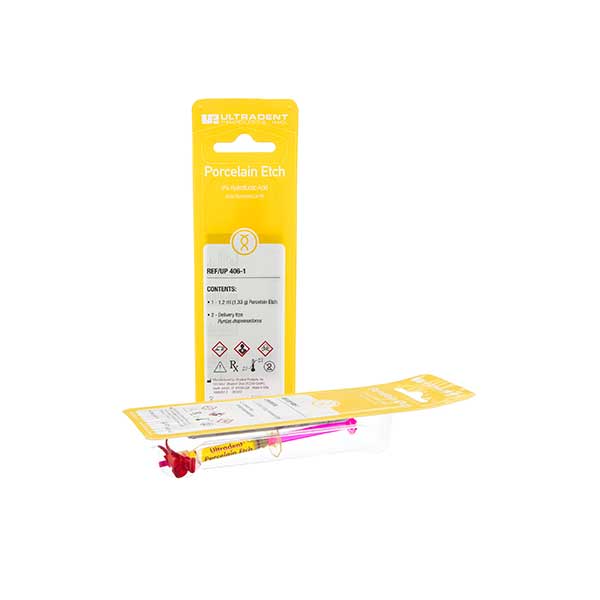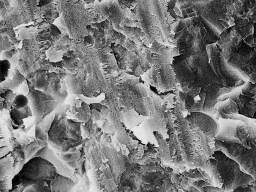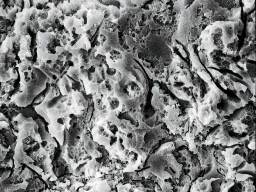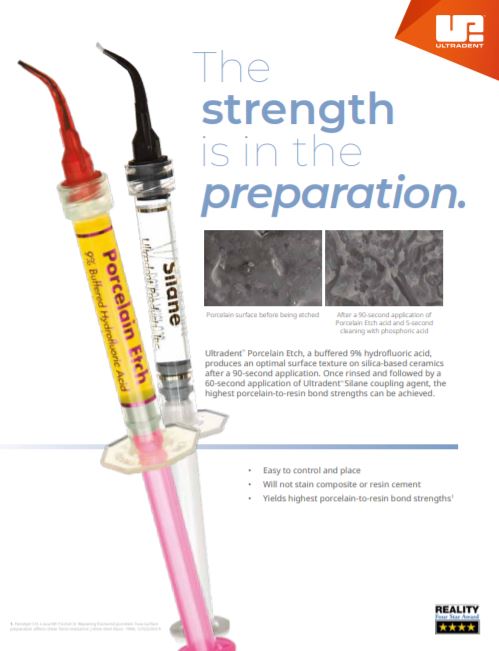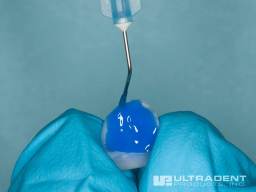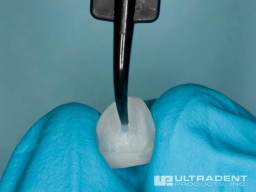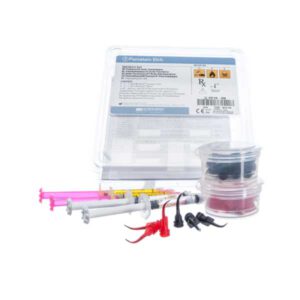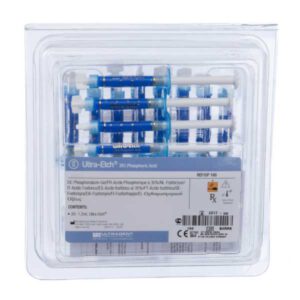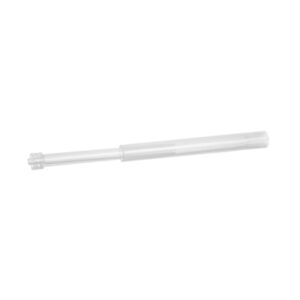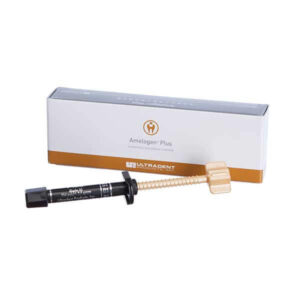Contents:
- 1-1.2 ml (1.33 g) Porcelain Etch
- 2-Delivery tips Puntas Dispensadoras
Product Details
Ultradent 90-second Porcelain Etch is used to etch porcelain veneers, crowns, bridges, inlays, onlays, and fractured dental porcelain. Ultradent 60-second Silane is used after hydrofluoric acid etching to prepare the surface for bonding resin.
Studies have demonstrated that Silane, when used with Porcelain Etch and a quality bonding resin, yields the highest bond strength to porcelain when compared with other porcelain bonding products.1 Both Porcelain Etch and Silane may be used intraorally or extraorally.
- Porcelain Etch is a viscous, buffered 9% hydrofluoric acid
- Etch is easy to control and place
- Will not stain composite or resin cement
- Silane is a single-component solution
- Yields highest porcelain-to-resin bond strengths1
- Porcelain Etch and Silane may also be used on lithium disilicate (IPS e.max®2 ) restorations
Technical Details
Viscous, Buffered 9% Hydrofluoric Acid
Porcelain Etch is a buffered, gelled hydrolic acid designed specifically to etch fractured dental porcelain and etching porcelain veneers, crowns, or inlays. It can also be used for etching porcelain crowns before bonding orthodontic brackets. It is buffered and gelled to minimize any irritation that could occur from the hydrofluoric acid vapor.
Etch is Easy to Control and Place
Porcelain Etch features a high visibility yellow hue so you can see exactly where it is placed. It is also viscous enough to stay where you place it.
Designed to Work Together
Porcelain Etch and Silane are designed to be used together when etching porcelain to provide high porcelain-to-resin bond strengths. When used with a high-quality bonding resin, Porcelain Etch and Silane can produce one of the highest porcelain-to-resin bond strengths compared to other porcelain bonding products.1
Clinicals
Porcelain Surface Before and After Porcelain Etch



